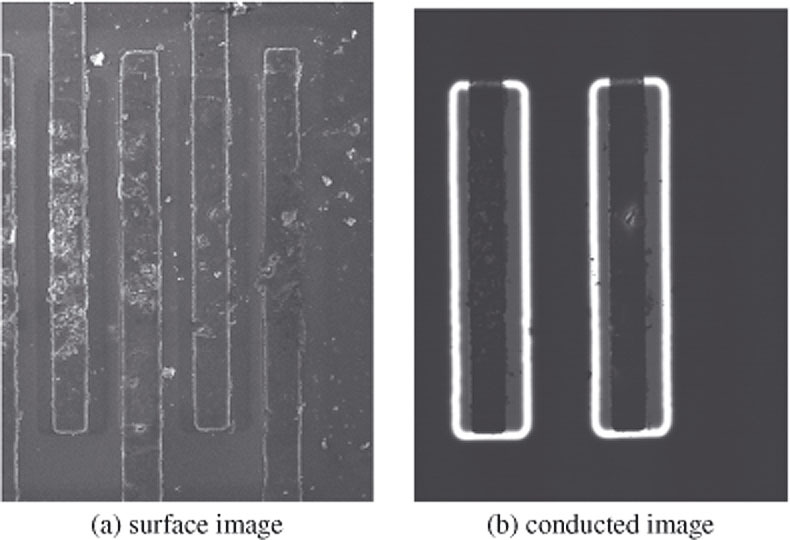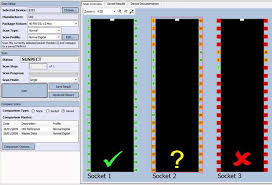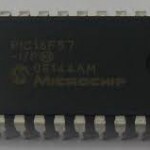Unlock IC ATmega640A Eeprom
Unlock IC ATmega640A Eeprom and flash memory, reverse mcu atmega640a protection system and copy microcontroller atmega640a heximal from program and data memory;

If differential channels are selected, the differential gain stage amplifies the voltage difference between the selected input pair by the selected gain factor, 1x or 20x, according to the setting of the MUX2..0 bits in ADMUX when crack IC dspic30f4012 eeprom.
This amplified value then becomes the analog input to the ADC. If single-ended channels are used, the gain amplifier is bypassed altogether.
If ADC2 is selected as both the positive and negative input to the differential gain amplifier (ADC2 – ADC2), the remaining offset in the gain stage and conversion circuitry can be measured directly as the result of the conversion before crack mcu dspic30f5013 eeprom.
This figure can be subtracted from subsequent conversions with the same gain setting to reduce offset error to below 1 LSB. The ADC can operate in two modes – Single Conversion and Free Running.
In Single Conversion mode, each conversion will have to be initiated by the user. In Free Running mode, the ADC is constantly sampling and updating the ADC Data Register. The ADFR bit in ADCSR selects between the two available modes.
The ADC is enabled by setting the ADC Enable bit, ADEN in ADCSR. Voltage reference and input channel selections will not go into effect until ADEN is set. The ADC does not consume power when ADEN is cleared, so it is recommended to switch off the ADC before entering Power-saving sleep modes if crack mcu dspic30f5016 eeprom.
A conversion is started by writing a logical “1” to the ADC Start Conversion bit, ADSC. This bit stays high as long as the conversion is in progress and will be set to zero by hardware when the conversion is completed.
If a different data channel is selected while a conversion is in progress, the ADC will finish the current conversion before performing the channel change.
The ADC generates a 10-bit result, which is presented in the ADC data registers, ADCH and ADCL. By default, the result is presented right-adjusted, but can optionally be presented left-adjusted by setting the ADLAR bit in ADMUX.
Tags: unlock ic software archive,unlock ic software binary,unlock ic software code,unlock ic software content,unlock ic software data,unlock ic software eeprom,unlock ic software file,unlock ic software firmware,unlock ic software heximal,unlock ic software information,unlock ic software memory,unlock ic software program




